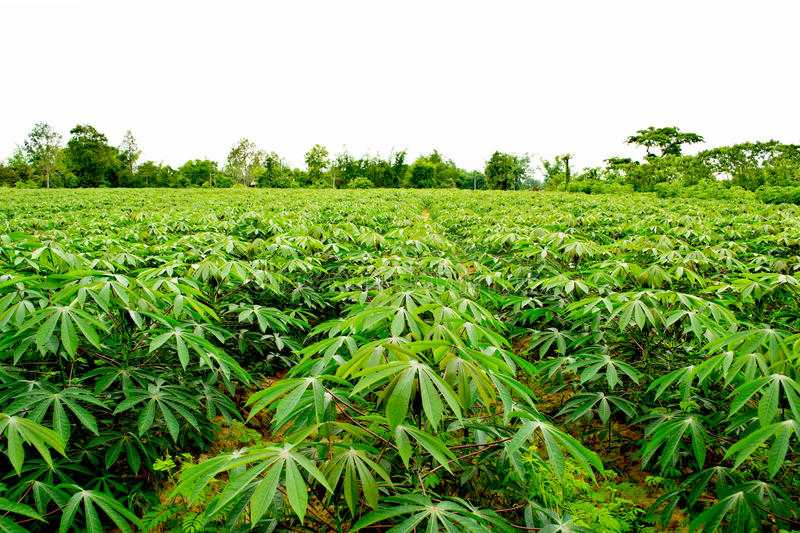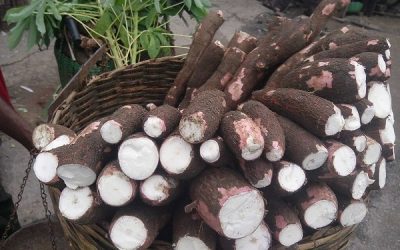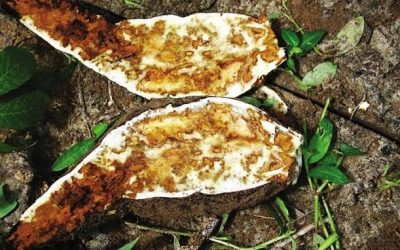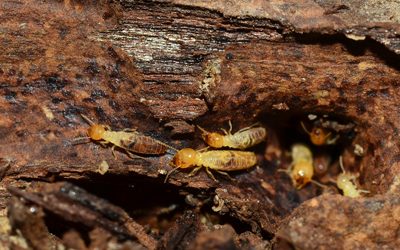Rightly fertilizing your Cassava garden.

The cassava plant is tolerant to the acidity of soils. The recommended doses of limestone depend on the results of the soil’s chemical analysis and should not exceed one ton of limestone per hectare. The application of limestone should be broadcasted, at any time of the year, preferably 30 to 60 days previous to the planting. Fertilize according to the soil’s chemical analysis, at least two months before planting. Correct fertilization increases production. Investing in fertilization without knowing the fertility of the soil is an economic mistake.
Using of organic fertilizer Cassava is a plant that responds to organic fertilization. The use of organic fertilizers, around 8.0 tons per hectare, is important to increase the production of roots due to the supply of nitrogen and other nutrients and, mainly, to improve the physical, chemical and biological characteristics of the soil.
Various sources of organic materials are used to fertilize cassava, such as manure, droppings, organic compost, legumes and crop residue, and can be broadcast throughout the planting area, in the pit or in the furrow, at the time of planting.
Fertilizing with minerals
Cassava does not require much fertilizer, and, generally, 300 kg of simple superphosphate per hectare can increase production from 4 to 6 tons of roots. Mineral fertilizers, mainly phosphates, have been indispensable for most of the soils cultivated with cassava, as they produce the most remarkable effects when in the presence of nitrogen and potassium.
Among the commercially available sources, the most common are: urea and ammonium sulphate (nitrogenous); simple superphosphate and triple superphosphate (phosphates); and potassium chloride and potassium sulphate (potassium).
Fertilizing with top-dressing
Nitrogen fertilizers should be applied as top-dressing, 45 to 60 days after the sprouting of plants, as long as the soil shows sufficient humidity. Potassium fertilizers may be applied in a mixture with the phosphates at the time of planting.
In the case of extremely sandy soils, they should be applied as top-dressing, along with the nitrogen.
Observe well. Areas that have been cultivated for a long time (tired) require fallowing (rest), crop rotation and fertility correction.


